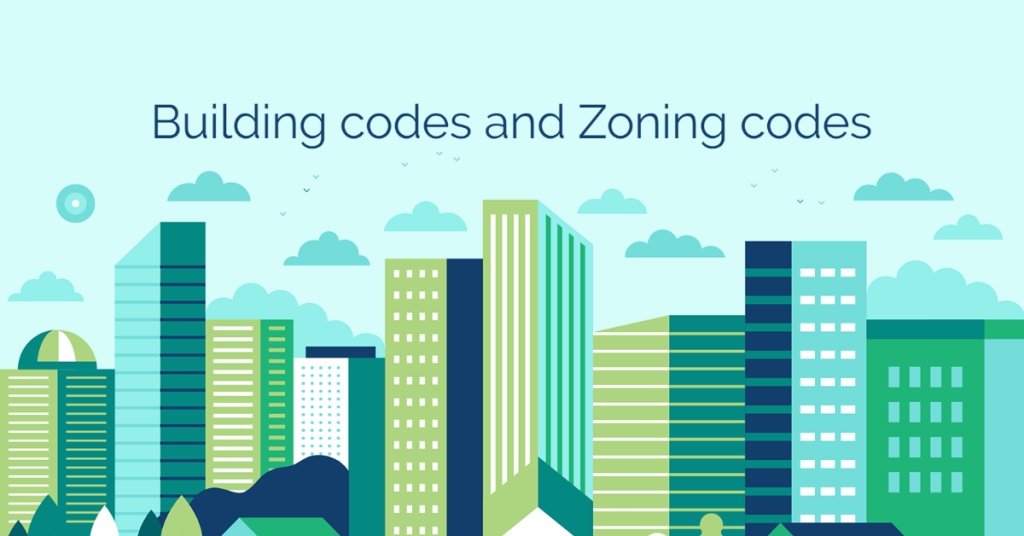OCTOBER 2022, issue 4
ELITE PERMITS
BRIEFING ON CONSTRUCTION & Some other stuff
Written by TATIANA gUSt

Today we will take a look at different codes that typically apply to construction projects. There are a number of different reviews that will apply, but in general these are divided into two main areas: Building Codes and Zoning Codes. These codes are quite different in nature, but when people think of building permits, most people only think about the building codes and setbacks.
Well, there is a lot more than that. The zoning codes are written for a specific jurisdiction, and there are a number of requirements developed specifically for a certain jurisdiction, thus this can vary widely from city to city.
In my opinion, you can always meet the building codes. It is only matter of how much money you want to spend. However, zoning codes are not always able to be worked around. For example, there could be a restriction on height, there could be a restriction on the windows facing a beach, or there could be a color scheme that prevents you from having the colors that you want to use on a building. I always remember when I was working at one of the local building departments, there was a new McDonalds which had very specific design criteria; however, the local zoning codes would not allow them to have the building the way they wanted (the big arch fry on the top of the building). They complained at the building department and pushed the big company card, but there was no budging; they had to adjust the building (which was standard across most of the USA) to the local codes.
One of the biggest differences, in my opinion, between building codes and zoning codes is the consistency of applicability. What I mean is that the building codes are a single code across the state (and very close to country–wide codes), while the zoning codes are very specific within a jurisdiction.
Remember, a single county can have multiple jurisdictions, and each one can have different zoning requirements. Imagine a contractor working within a single county where there are three or four different jurisdictions within the same county. The building code will be the same, but the zoning codes will be different, and the contractors may build four homes where the setbacks may be all different, the elevation criteria may be different, and the items to complete the project may be different. So, when I have owners ask me how the contractor didn’t know this or that for a project, I like to mention that the codes change depending on the location. Sometimes within the same street you can do something on one side but not on the other side of the street, so cut them a little slack. The professionals who deal with these codes the most are your architects and engineers, since they have to be very careful about all the requirements when designing the project to avoid having rejections or building something that can be against local codes.
In simple words, a person who specializes in building codes has a wide area where their expertise applies. On the other hand, a person who specializes in zoning codes are more limited to the area, and they may expand but they have a lot more to check every time they go to a different location.
As always, share the knowledge and subscribe to our blog. See you next time!







